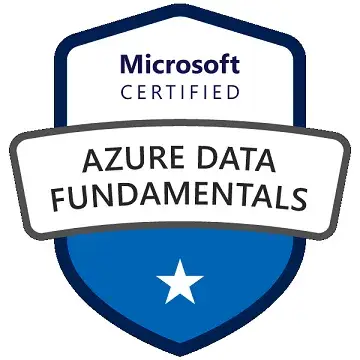Mathematics class 10
- (0 Reviews)
- 0 students enrolled
Mathematics class 10
Class 10 mathematics aims to provide students with a strong foundation in algebra, geometry, and other mathematical concepts, preparing them for more advanced mathematics in higher classes. It also emphasizes problem-solving skills and practical applications of mathematics in various fields.
- (0 Reviews)
- 0 students enrolled
What learn
- Comprehensive Subject Knowledge
- Visual and Interactive Education
- Adaptive Learning Methodology
- 24/7 Availability
- Global Reach and Diverse Resources
Course Content
Requirements
- Smart Phone Or Laptop with Internet Connection
Description
-
Circle: The study of circles involves understanding their properties, including radius, diameter, circumference, and area. Topics may also include arc length, sector area, and tangents to circles.
-
Constructions: Geometric constructions involve using a ruler and compass to create various geometric figures, such as bisecting angles, constructing perpendicular lines, and dividing line segments in specific ratios.
-
Polynomials: Polynomials are algebraic expressions with multiple terms. Students learn about polynomial operations, factorization, and how to solve polynomial equations.
-
Quadratic Equations: Quadratic equations are second-degree polynomial equations. Class covers methods to solve them, including factoring, completing the square, and using the quadratic formula.
-
Real Numbers-| and Real Numbers-||: Real numbers include rational and irrational numbers. The topics cover properties of real numbers and their representation on the number line.
-
Areas Related to Circles: This topic explores the calculation of areas of sectors, segments, and other figures related to circles.
-
Coordinate Geometry: This section involves plotting points on the Cartesian plane and using equations to describe lines and shapes in two-dimensional space.
-
Triangles-|| and Triangles-|: Triangles are studied extensively, including properties, congruence, similarity, and the Pythagorean theorem.
-
Statistics: Students learn about data representation, measures of central tendency (mean, median, mode), and measures of dispersion (range, variance, standard deviation).
-
Trigonometric Identities: This topic involves proving and using trigonometric identities, which are equations involving trigonometric functions like sine, cosine, and tangent.
-
Arithmetic Progression: Arithmetic progressions are sequences of numbers with a common difference between consecutive terms. Students learn how to find nth terms and sums of APs.
-
Probability: Probability involves the study of uncertainty and randomness. Students learn about probability distribution, conditional probability, and basic probability rules.
-
Pair of Linear Equations in Two Variables: This topic deals with solving systems of linear equations with two variables and their graphical representation.
-
Surface Areas and Volumes: Students calculate the surface areas and volumes of various three-dimensional shapes, such as cubes, cylinders, and spheres.
-
Trigonometric Ratios: This covers the study of trigonometric ratios (sine, cosine, tangent) in right triangles and their applications in solving real-world problems.
-
Some Applications of Trigonometry: This topic explores practical applications of trigonometry, such as finding heights and distances, navigation, and surveying.
These topics collectively form the core of Class 10 mathematics curriculum, providing students with essential mathematical knowledge and problem-solving skills.
Recent Courses
- June, 23rd 2025
- 3
This course plan outlines a comprehensive curriculum for a prompt engineering course, designed to equip learners with the ski..
- 1699.00₹
2000.00₹
- June, 28th 2025
- 12
In an era where technology is seamlessly integrated into our daily lives, understanding the synergy between Embedded Systems..
- 1599.00₹
2000.00₹
- May, 22nd 2024
- 0
Microeconomics is an essential component of economics as a whole, as it helps us understand how individual decisions and inte..
- 799.00₹
999.00₹
About Instructor







.png)


